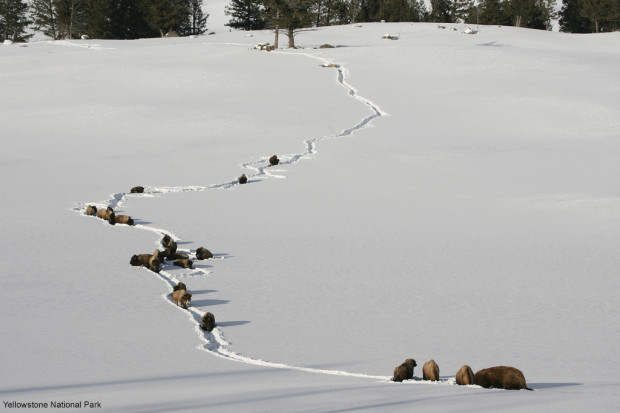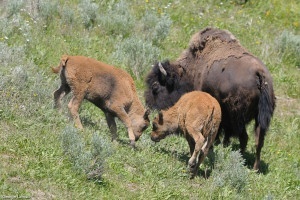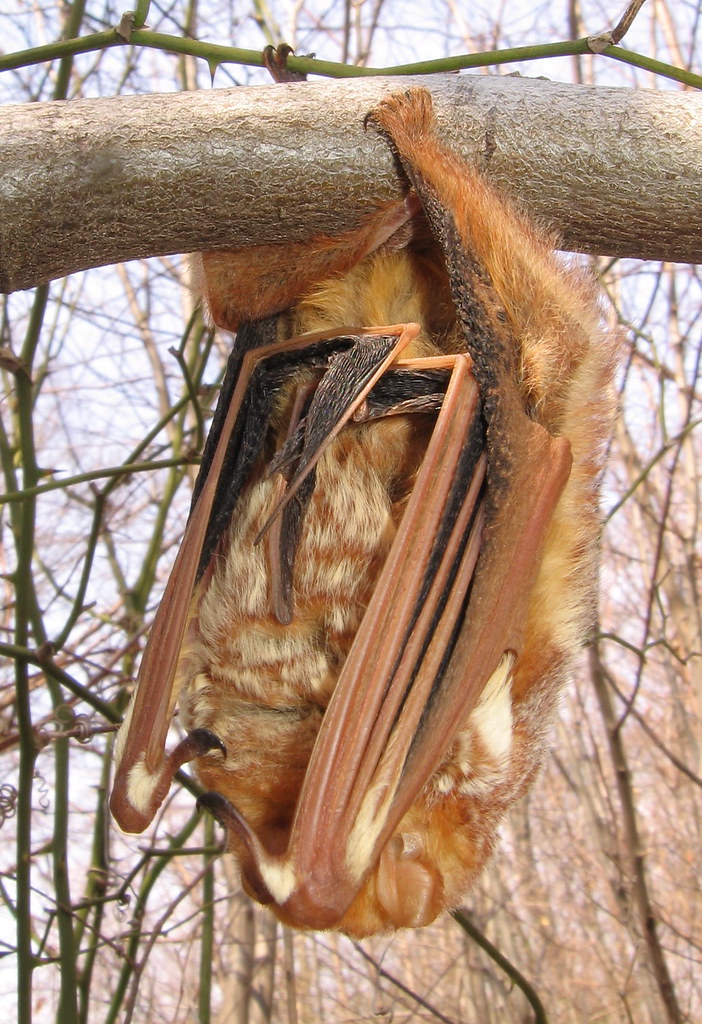We have much more to do and your continued support is needed now more than ever.
Our Chance to Make Things Better for Yellowstone Bison
Most people visit Yellowstone National Park during the summer and fall months when the valleys are green with grass and dotted with bison. It’s easy to forget that Yellowstone is a high-elevation (most of the park is over 6,000 feet) plateau that is subject to heavy snow and cold temperatures. While the park provides great summer habitat, it’s not where bison want to be once weather sets in.
Predictably, bison have exited the park in large numbers during harsh winters. Because of ranchers’ fears that bison might transmit disease (brucellosis) to their cattle, bison leaving the park are either harassed back with helicopters and four-wheelers, or they are rounded up in holding pens and taken to slaughter. While these practices have induced national outrage, they have changed little during the last decade.

This new State of Montana proposal is in response to significant changes that have occurred on the landscape over the last ten years that have reduced the likelihood of disease transmission between bison and cattle to almost zero. Not that the risk was ever very high – transmission of brucellosis from bison to cattle has never been documented in the wild.
But over the last decade, the National Wildlife Federation has developed grazing retirement agreements with several ranchers who previously ran livestock near Yellowstone National Park, removing nearly all the major cattle operations (here’s a complete listing of retirements). Only a few hundred cattle remain over the hundreds of thousands of acres of public lands that would be available to bison.
Further, the U.S. Department of Agriculture has made sweeping changes to actions that cattle producers must take if they detect brucellosis in their herds. The regulations have become much less onerous and more livestock-producer friendly.
One Last Step to Win the Fight for Yellowstone Bison

There are so many reasons why allowing bison expansion makes sense, including the fact that it would save Montana taxpayer money currently being spent on harassment, capture and slaughter
But most of all, bison are a valued wildlife species that deserve better treatment than we’ve provided them for the last several decades. There are no compelling reasons for NOT expanding bison habitat.
![]() Please tell the Montana Board of Livestock that you care about Yellowstone’s bison and want to see them given additional room to roam.
Please tell the Montana Board of Livestock that you care about Yellowstone’s bison and want to see them given additional room to roam.





















